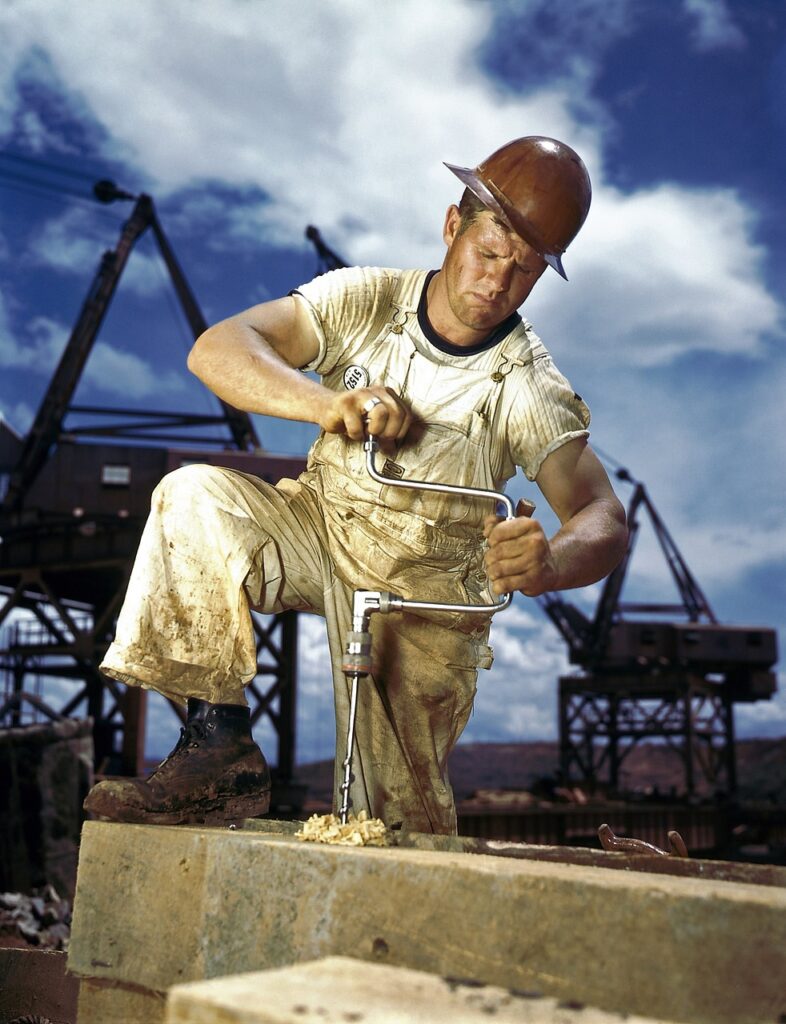Powder coated aluminum cladding is a durable and versatile material used extensively for building exteriors and interiors. It involves applying a dry powder finish to aluminum panels, which is then cured under heat to create a hard, protective layer. This process enhances resistance to weathering, corrosion, fading, and physical damage, making it an excellent choice for long-lasting architectural applications.
The finish on these panels offers a wide range of aesthetic options, including colors and textures that can mimic natural materials like stone or wood. This versatility allows designers and builders to achieve specific looks without sacrificing durability or maintenance ease.
Thanks to its combination of strength, lightweight properties, and low maintenance requirements, powder coated aluminum cladding is increasingly favored in both commercial and residential construction projects.
Benefits and Features of Powder Coated Aluminum Cladding
Powder coated aluminum cladding provides a strong protective layer with vibrant color options and consistent texture. It offers long-lasting performance in harsh environments while requiring minimal upkeep.
Durability and Longevity
Powder coating forms a tough, hard finish that bonds to aluminum, significantly improving resistance to scratches, chipping, and impact damage. The cured powder film withstands abrasion better than conventional liquid paint.
This finish extends the service life of aluminum cladding by protecting it from physical wear and corrosion. It is ideal for high-traffic or exposed areas where surface damage often occurs.
The coating also maintains its integrity under UV exposure, preventing fading and degradation. This stability supports durable aesthetics for many years.
Weather Resistance
Powder coated aluminum cladding performs well in diverse climates, resisting moisture, salt spray, and temperature fluctuations. It is suitable for coastal or industrial locations where corrosion risks are typically higher.
The coating acts as a barrier that limits oxidation and rust, even with continuous outdoor exposure. Its impermeability prevents water penetration and damage beneath the surface.
In addition, powder coating reduces the effects of acid rain and pollutants, which can degrade untreated metals. It helps maintain the structural integrity and visual appeal in challenging weather conditions.
Low Maintenance Requirements
Once applied, powder coated aluminum requires minimal upkeep compared to other finishes. Routine cleaning with mild detergent and water is sufficient to remove dirt and grime.
The coating’s resistance to chipping and scratching reduces the need for frequent repairs or repainting, lowering maintenance costs over time.
Its long-lasting surface finish also prevents peeling and blistering, common issues that increase labor and material expenses with other coatings.
These features make powder coated aluminum cladding an efficient choice for building owners seeking durability with less ongoing maintenance.
Applications and Design Considerations
Powder coated aluminum cladding is valued for its adaptability in various architectural projects. It offers designers extensive choices in color and finish, while also addressing environmental concerns through its durable and eco-friendly properties.
Architectural Versatility
Powder coated aluminum cladding is widely used in building facades, curtain walls, and exterior cladding systems. Its lightweight nature makes it easy to install and reduces structural load on buildings.
The material resists corrosion and weathering, making it suitable for both commercial and residential applications. It also allows for complex shapes and intricate designs, supporting creative architectural expressions without sacrificing durability.
This cladding type is compatible with other construction materials, enabling seamless integration into multi-material designs. Its versatility extends to retrofit projects where upgrading facade performance is essential.
Color and Finish Options
Powder coating offers a broad palette with consistent, vibrant colors that maintain their appearance over time. Finishes range from matte and satin to high gloss and metallic effects, including chrome-like appearances.
These coatings provide excellent adhesion and uniform coverage, ensuring every surface detail is preserved. Combined processes, such as pretreatment and surface polishing, enhance finish quality and longevity.
Color retention under UV exposure and resistance to chipping or scratching are significant benefits. Designers can rely on powder coated aluminum to meet both aesthetic and functional requirements in demanding environments.
Environmental Impact
Powder coating is an eco-friendly finishing method compared to liquid paints, producing minimal volatile organic compounds (VOCs). It allows excess powder to be recycled, reducing waste generation during application.
The coatings extend the lifespan of aluminum cladding by protecting it from corrosion and mechanical damage, which reduces the frequency of replacements. This durability lowers overall resource consumption over a building’s lifecycle.
In addition, powder coated aluminum is often recyclable at the end of its use, supporting circular economy principles. This aligns with growing regulations and industry standards aimed at sustainability in construction materials.
